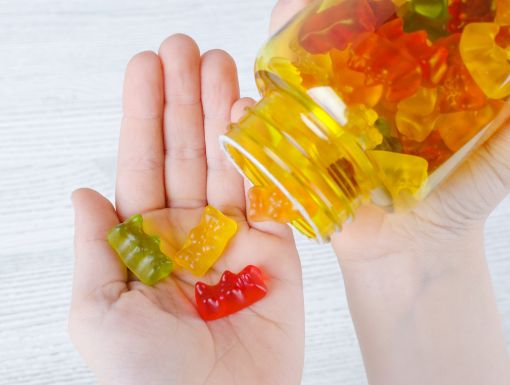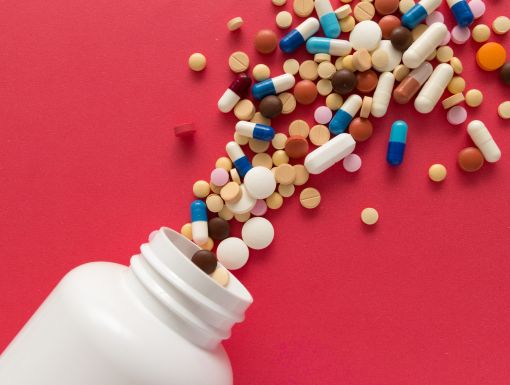
Vitamin D: Top 4 Sources and How Much We Really Need
An estimated 40% of Americans are vitamin D deficient, which is not good news since vitamin D is essential for bone health, healthy blood pressure and managing inflammation. Furthermore, a deficiency in vitamin D is linked to mood disorders, diabetes and cancer.
And since the sun is one of our key sources of D, the shorter, darker winter days make it even more of a challenge to get our daily dose of D. Read on to learn more about vitamin D, including its health benefits, how much we need and ways to ensure you’re getting enough.
Who’s at risk for vitamin D deficiency?
How much vitamin D do I need?
The Recommended Dietary Allowance for vitamin D is 600 to 800 international units, or 15-20 micrograms daily, though the Endocrine Society states that adults may benefit from 1,500-2,000 international units (37.5-50 micrograms) daily, and children and teens should aim for 1,000 IU (25 micrograms) daily. Recent research supports a safe upper limit as high as 10,000 international units daily. For more on doses of vitamin D, check out this National Institutes of Health Vitamin D Fact Sheet. |
How to get your daily dose of D
Sunlight is our best source of vitamin D.
- Aim to spend 10 to 15 minutes in direct sunlight. (To know if you’re in direct sunlight, check to see if your shadow is shorter than you.)
- Wearing SPF 8+ can block vitamin D-producing rays. (That said, it’s still important to wear sunscreen.)
- Sun rays that make vitamin D don’t pass through glass, so if most of your sun exposure is through a window, you’re likely not getting your vitamin D.
Top food sources of Vitamin D
If you’re not getting enough sunlight or you’re at high risk for vitamin D deficiency, consider consuming vitamin D-rich foods and supplements. But be aware that it’s not easy to get 800-1,000 international units solely through food.
- Vitamin D-fortified milk: 100 international units per cup (Note this contains vitamin D2, which is not as well absorbed)
- Salmon or sardines: 100 international units per ounce (Contains vitamin D3, which is better absorbed)
- Cod liver oil: Provides more than 1,000 international units of vitamin D3 per tablespoon
- Vitamin D3 supplements: Look for 800-1,000 international units of vitamin D3
How do I know if I’m getting enough vitamin D?
The only way to know for sure if you’re getting enough vitamin D is to check your blood levels. Ask your healthcare provider to test you.
Not all experts are aligned on which number is considered vitamin-D deficient; ask your healthcare provider what he or she recommends.
To schedule a nutrition consult, whether virtually or in-person, contact us at nutrition@ochsner.org or call us at 985-898-7050.
Editor’s note: A version of this article originally appeared on WGNO’s “FUELED Wellness with Molly” segment.



